If you’re designing for any Apple platform—iOS, macOS, watchOS, tvOS, or visionOS—the Apple Human Interface Guidelines (HIG) are your North Star.
These guidelines shape the look, feel, and usability of every app in the Apple ecosystem.
Whether you’re a seasoned designer or just starting out, understanding and applying HIG is essential for creating polished, intuitive, and platform-consistent experiences.
What Are the Apple Human Interface Guidelines?
The HIG is a comprehensive set of best practices, principles, and resources curated by Apple to help designers and developers craft delightful user experiences. The guidelines cover everything from visual hierarchy and layout to platform-specific interactions and accessibility.
Core Principles
- Hierarchy: Prioritize content and controls so users know what’s important at a glance.
- Harmony: Align your design with Apple’s hardware and software for seamless experiences.
- Consistency: Use familiar patterns and components to ensure users feel at home across devices.
Key Sections of the HIG
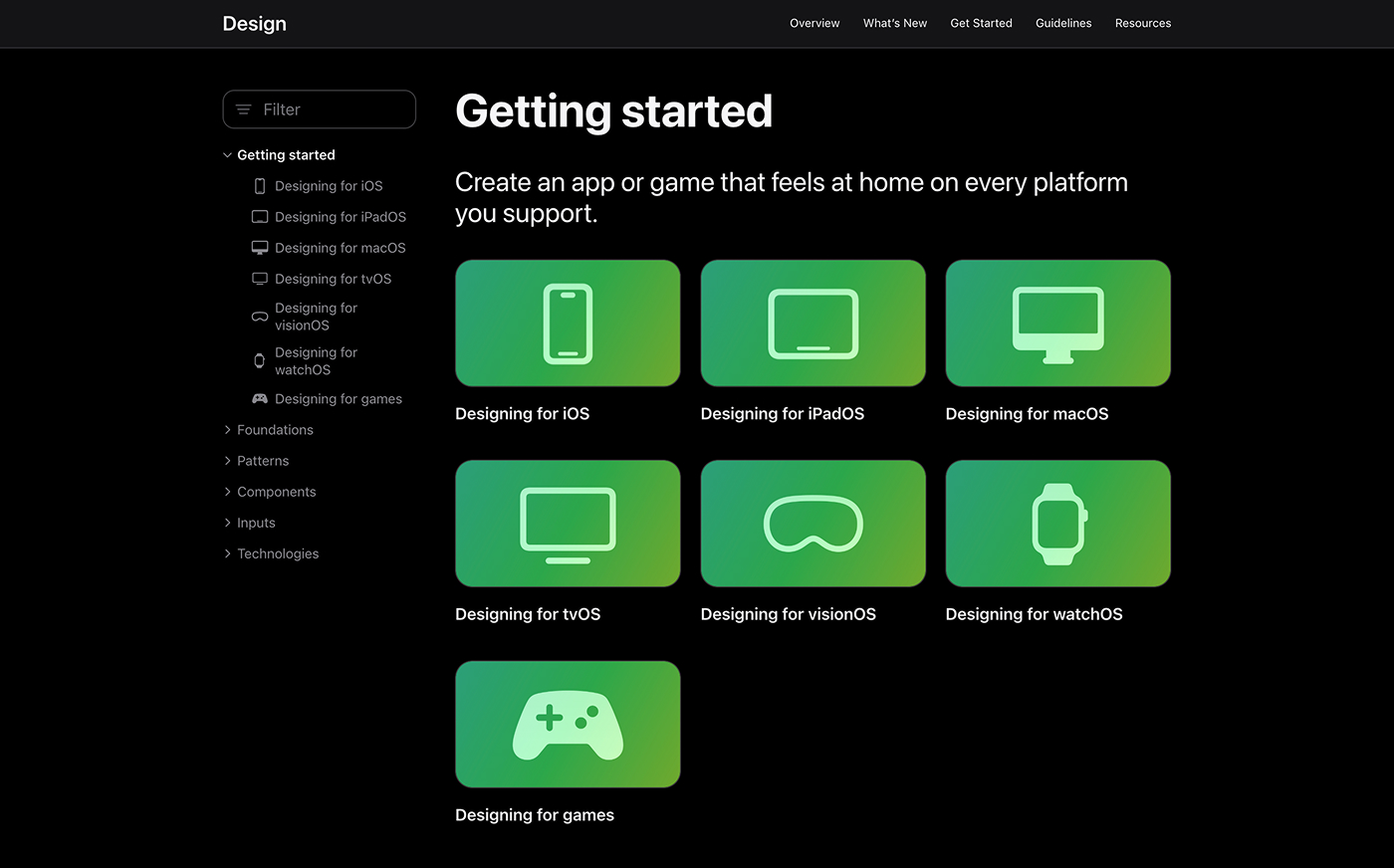
Apple encourages you to create apps that feel native on every device. This section introduces the unique characteristics of each platform, such as iOS, macOS, and visionOS, and explains how to adapt your design accordingly.
2. Foundations

Everything begins with fundamentals: color, layout, typography, icons, materials, motion, and accessibility. Mastering these ensures your interface is usable, beautiful, and inclusive.
3. Patterns
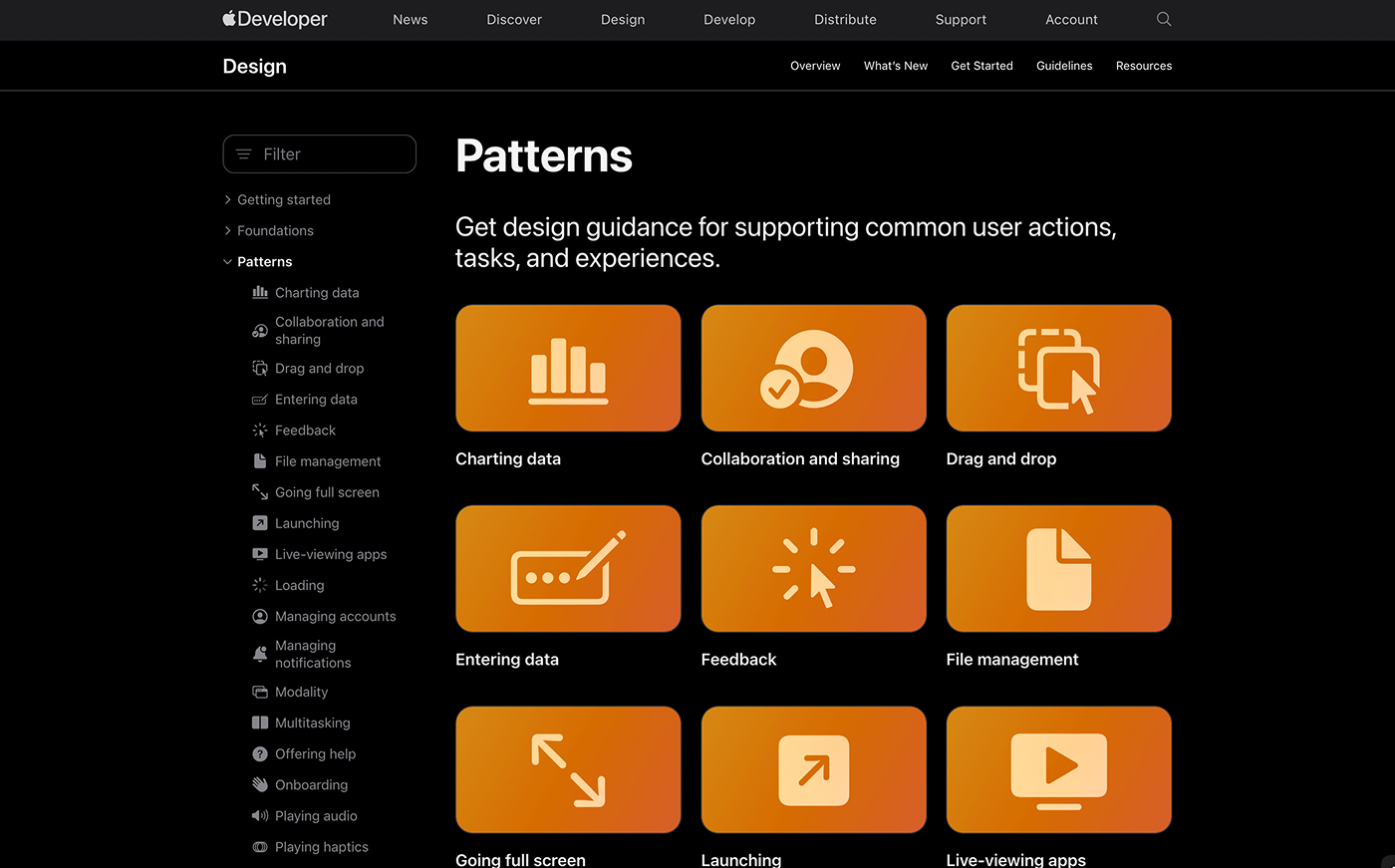
Patterns address common user actions and flows: onboarding, navigation, search, feedback, data entry, and more. Apple’s guidance helps you solve these design challenges in a way that feels natural to users.
4. Components
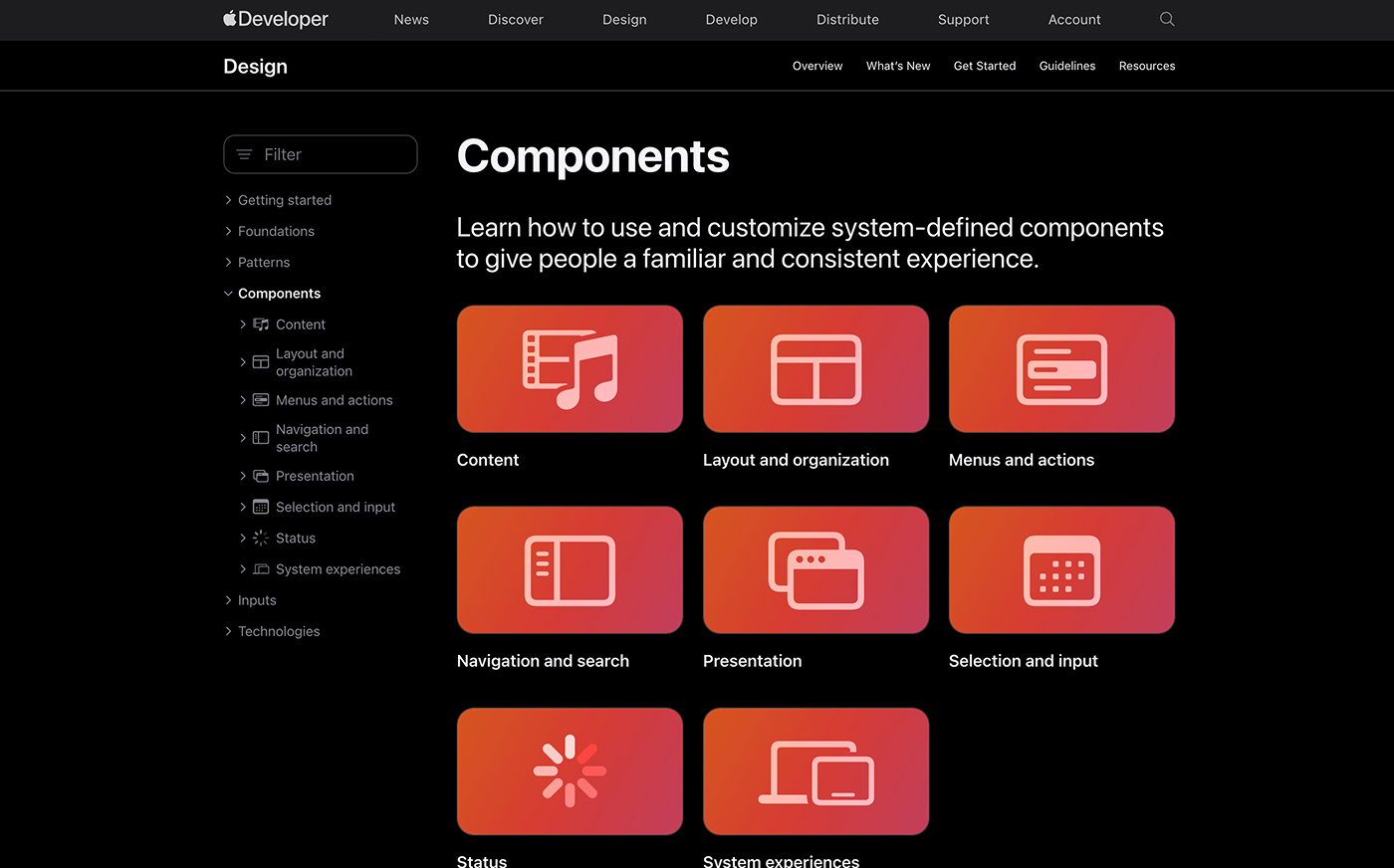
Leverage Apple’s system-defined components—buttons, toolbars, menus, navigation bars, status indicators, and more. These building blocks guarantee consistency and save you time.
5. Inputs
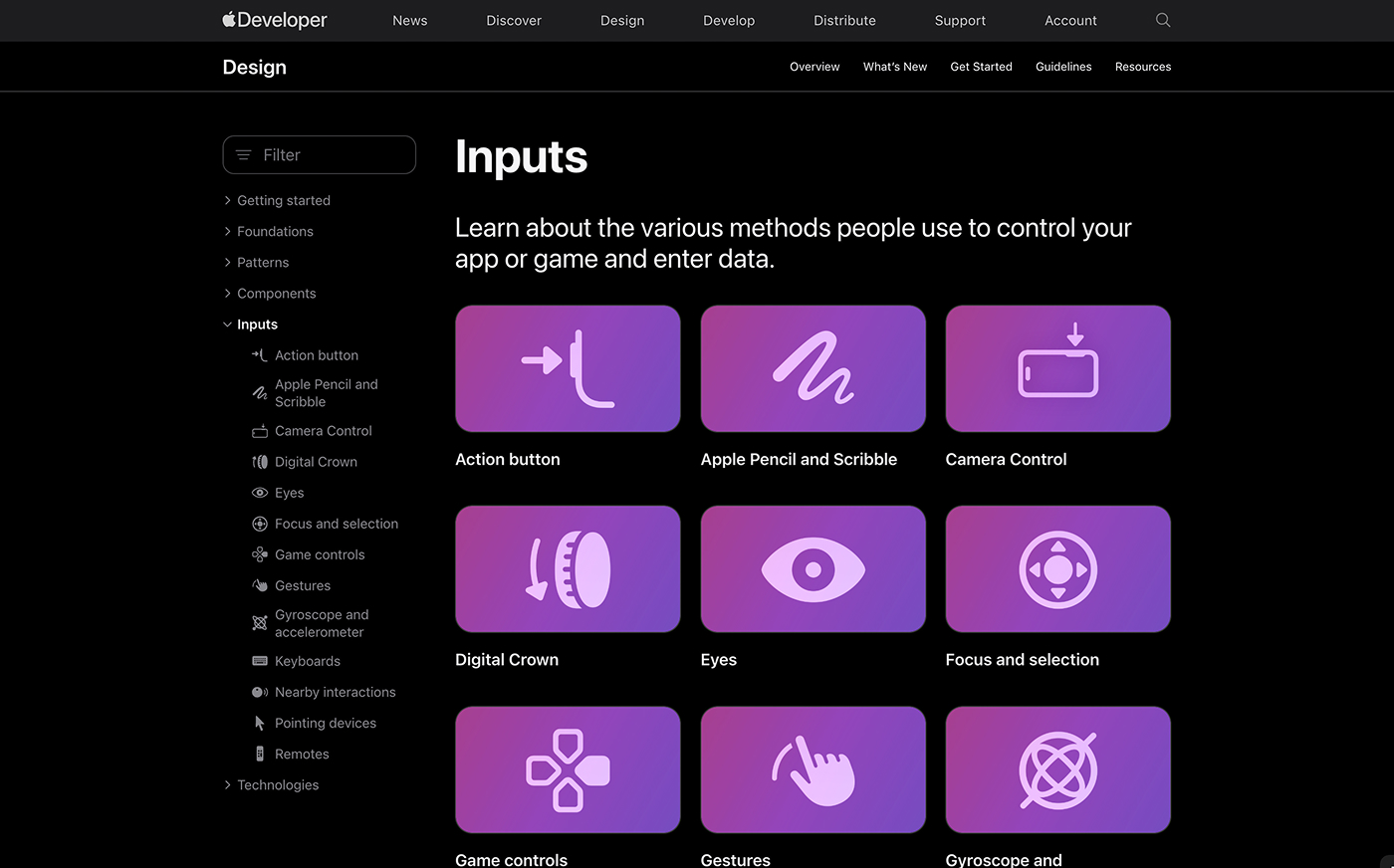
Users interact with Apple devices in diverse ways: touch, keyboard, mouse, Apple Pencil, game controllers, and even eye tracking. This section details how to support and optimize for each input method.
6. Technologies
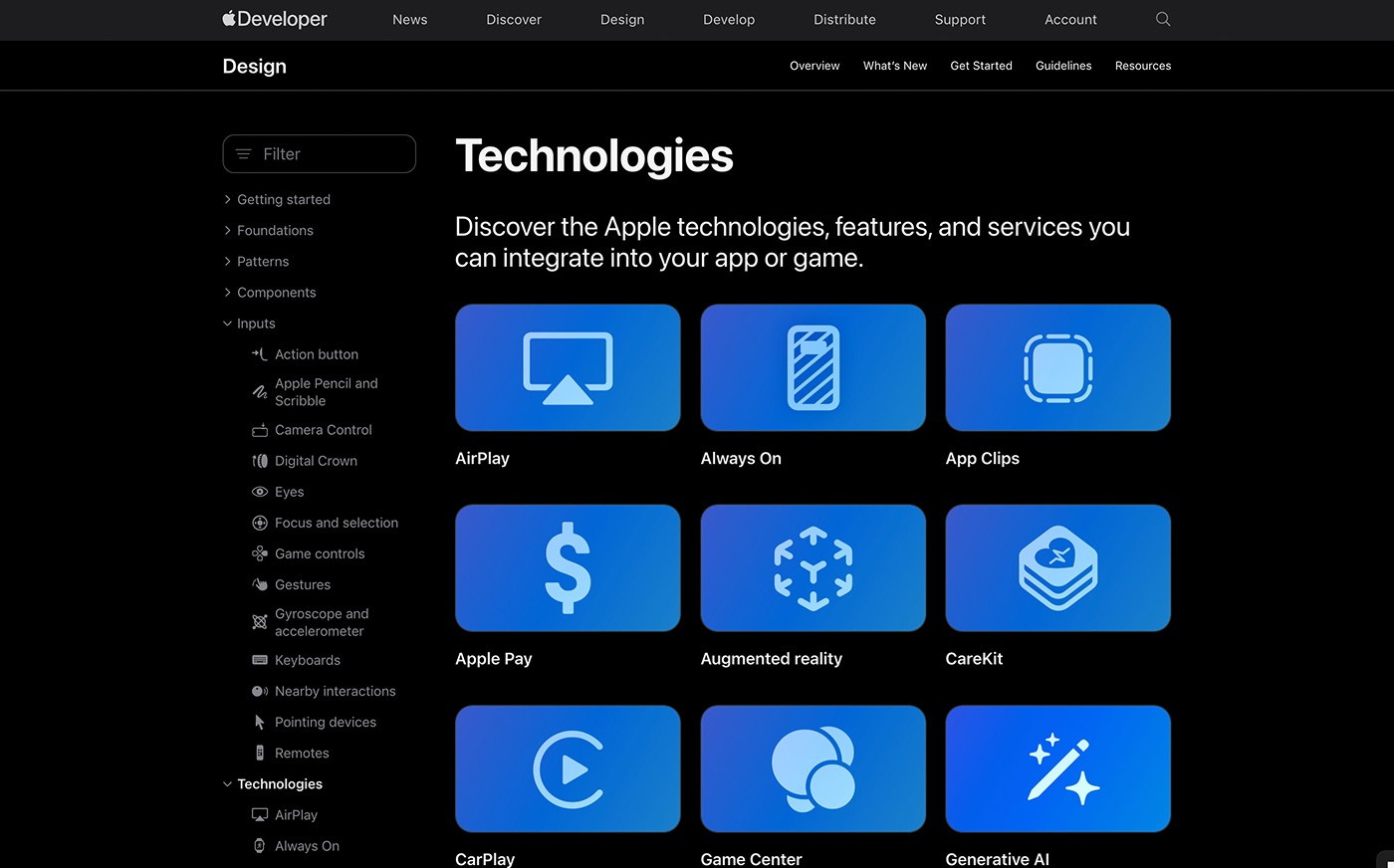
Integrate Apple’s latest features—like AirPlay, Apple Pay, ARKit, HealthKit, Siri, and more—into your app. The HIG offers practical advice for making these technologies feel seamless and native.
Why Follow the HIG?
- User Trust: Apps that follow HIG feel reliable and familiar, which builds user confidence.
- App Store Approval: Apple reviews submissions for HIG compliance. Following the guidelines increases your chances of approval.
- Efficiency: Using standard patterns and components accelerates development and reduces support issues.
- Accessibility: HIG emphasizes making experiences usable for everyone, including people with disabilities.
How to Get Started
- Read the official HIG front to back.
- Reference platform-specific sections like Designing for iOS ↗ or macOS ↗.
- Use Apple’s SF Symbols, icon sets, and design resources in your workflow.
- Test your designs for accessibility and responsiveness.
- Stay updated: Apple regularly revises the HIG with new features and design patterns.
Final Thoughts
Apple’s HIG isn’t just a rulebook—it’s a toolkit for creating experiences that delight users and stand the test of time. If you want your app to feel at home on Apple devices, make the HIG your go-to reference.
Start with the official documentation, and let it shape your next great product.




